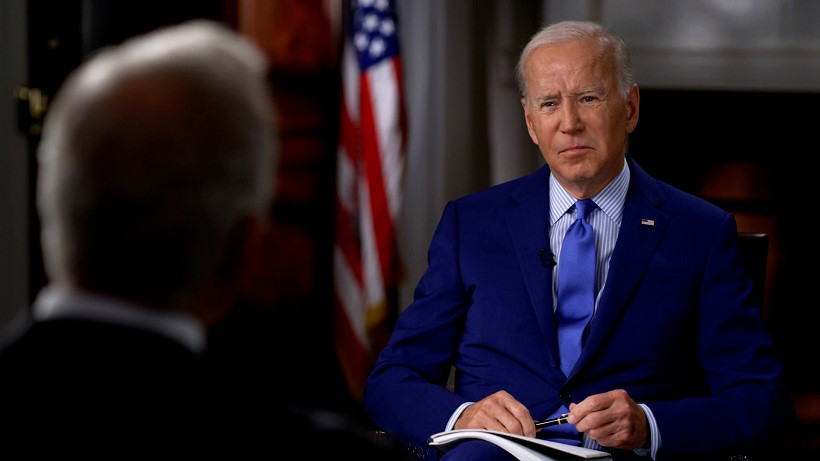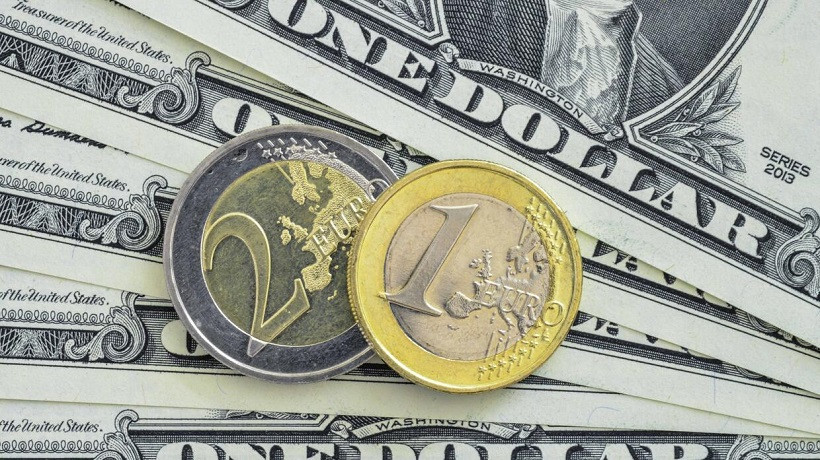At the start of the new trading week, the US dollar again reminded of itself. The greenback strengthened its positions throughout the market amid rising anti-risk sentiment. The euro, in turn, came under additional pressure after Bloomberg's report that the risk of recession in the eurozone reached its highest level since July 2020. As a result, the price of EUR/USD again dived under the parity level, thereby leveling all the achievements of the buyers of the pair achieved last week.
In order to develop corrective growth, EUR/USD bulls need to at least gain a foothold above the 1.0050 mark (the Tenkan-sen line on the daily chart). This is a minimum program, whereas ideally buyers should go above the next price barrier at 1.0080: at this price point, the middle line of the Bollinger Bands coincides with the Kijun-sen line on the same timeframe.
However, traders were unable to keep the pair above the parity level. The current fundamental background contributes to the strengthening of the greenback with a simultaneous weakening of the euro.
The dollar is gaining momentum for two main reasons. First of all, it is necessary to recall that the September Fed meeting will take place this week. The latest macroeconomic reports (especially in the field of inflation) have strengthened the confidence of traders that, following this meeting, the regulator's members will raise the interest rate by 75 points and voice hawkish rhetoric about the further pace of monetary tightening.
Moreover, after the publication of data on the growth of the consumer price index, there were timid assumptions on the market that the Fed might decide on a 100-point rate increase. The probability of realization of this scenario is estimated at 35%. In my opinion, this is an extremely unlikely scenario. But even the very fact that this scenario is the subject of discussion provides background support to the dollar.
According to general forecasts, the Fed will indeed increase the rate by 75 points, but at the same time, will signal that it will maintain a "moderately aggressive" pace of rate hikes. This means that the regulator will most likely increase it by 75-point increments in November and December.
However, the US currency keeps afloat not only due to the strengthening of hawkish expectations. Today's growth of the US dollar index is due to the flight from risky assets. The focus is on another surge of tension between the US and China amid the "Taiwan issue."
The fact is that over the weekend, US President Joe Biden said that the US military would defend Taiwan "in the event of China's invasion." He stated this in an interview with CBS television. When the journalist asked the president if this would mean the US military would be involved in the defense of the island, Biden responded positively, adding "if this is an unprecedented attack."

These comments by the head of the White House provoked an escalation of geopolitical tensions at the start of a new trading week. Despite the fact that Biden repeated in the same interview that the United States does not support Taiwan independence and remains committed to the "one China" policy (according to which Washington officially recognizes Beijing, not Taipei), China reacted quite harshly to the statements of the American leader. . The Chinese Foreign Ministry protested, saying such remarks "grossly violate the One China Principle, the provisions of the three Sino-US communiques, and the US commitment not to support Taiwan independence."
The European currency also came under pressure today, reacting to the analytical material published by Bloomberg. It turned out that the probability of a technical recession—a reduction in GDP for two consecutive quarters—increased to 80% over the next 12 months. Most of the economists polled by the agency voiced such a gloomy forecast. At the same time, they previously spoke about a 60 percent probability of this scenario coming true. This is due to the energy crisis, which has only worsened in recent years. Thus, surveys of representatives of European enterprises show that activity has been consistently declining since July, "and there are very few signs of improvement in the short term." The main target is the German economy, as one of the most vulnerable regarding the reduction of gas supplies. According to analysts, the German economy will begin to fall already in the current quarter.
Thus, the prevailing fundamental background continues to put pressure on the EUR/USD pair. This indicates the priority of short positions. It is advisable to enter sales on upward pullbacks (in the area of 1.0030-1.0050). The downward targets are 1.0000, 0.9970 and 0.9950 (the lower line of the Bollinger Bands indicator on the four-hour chart).











